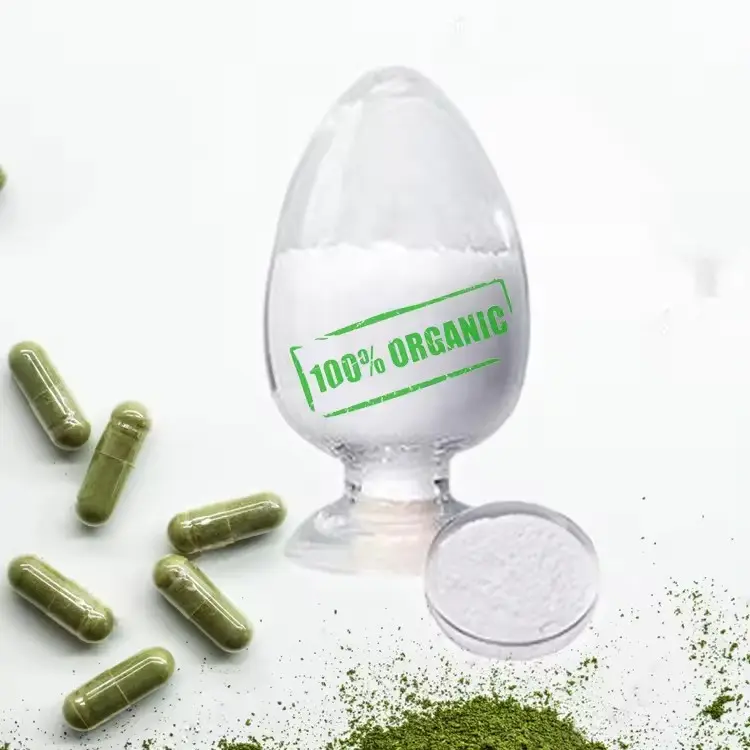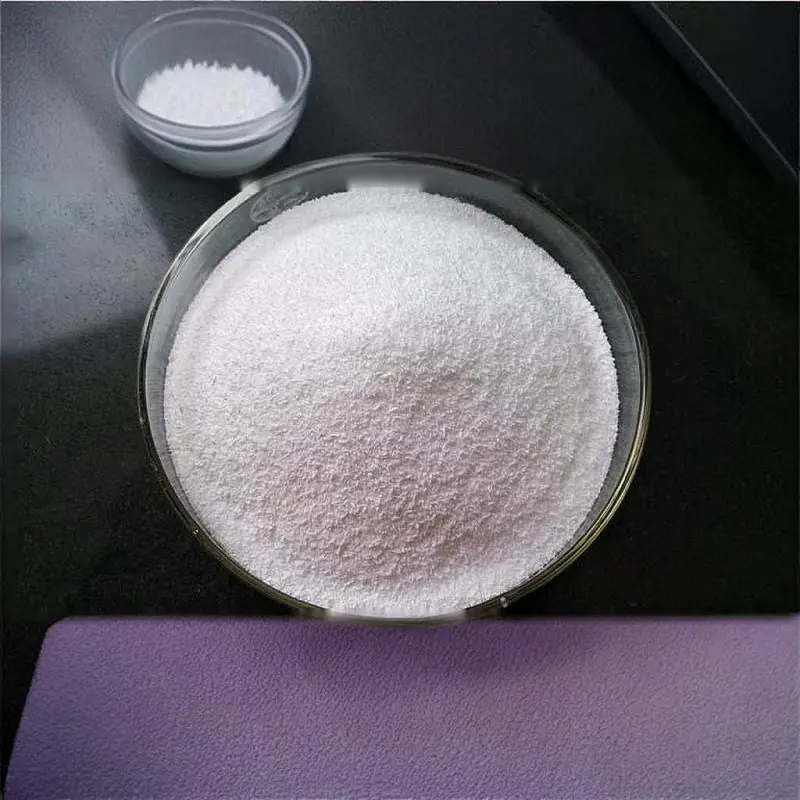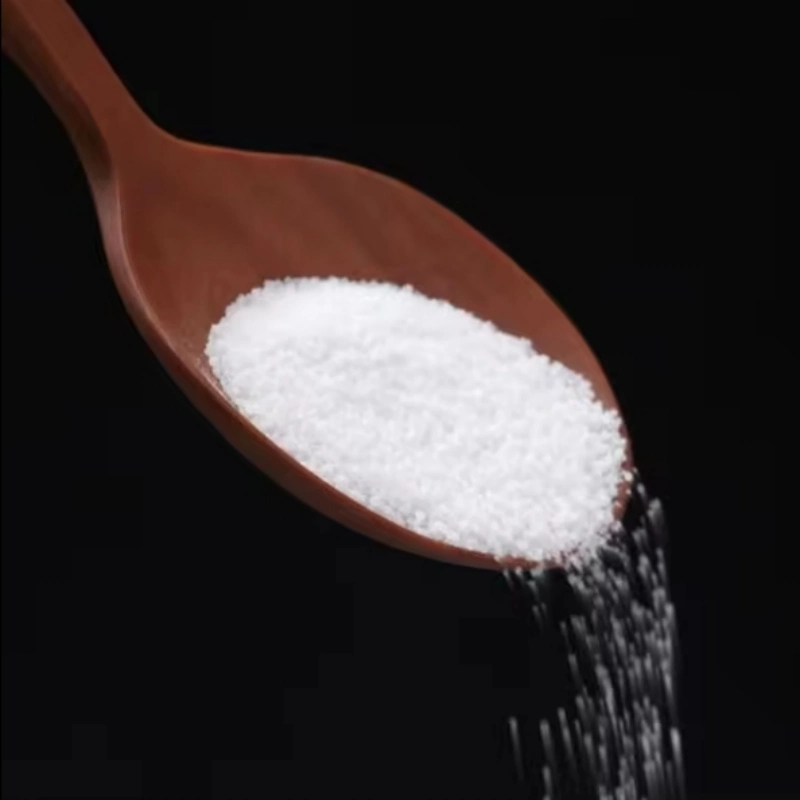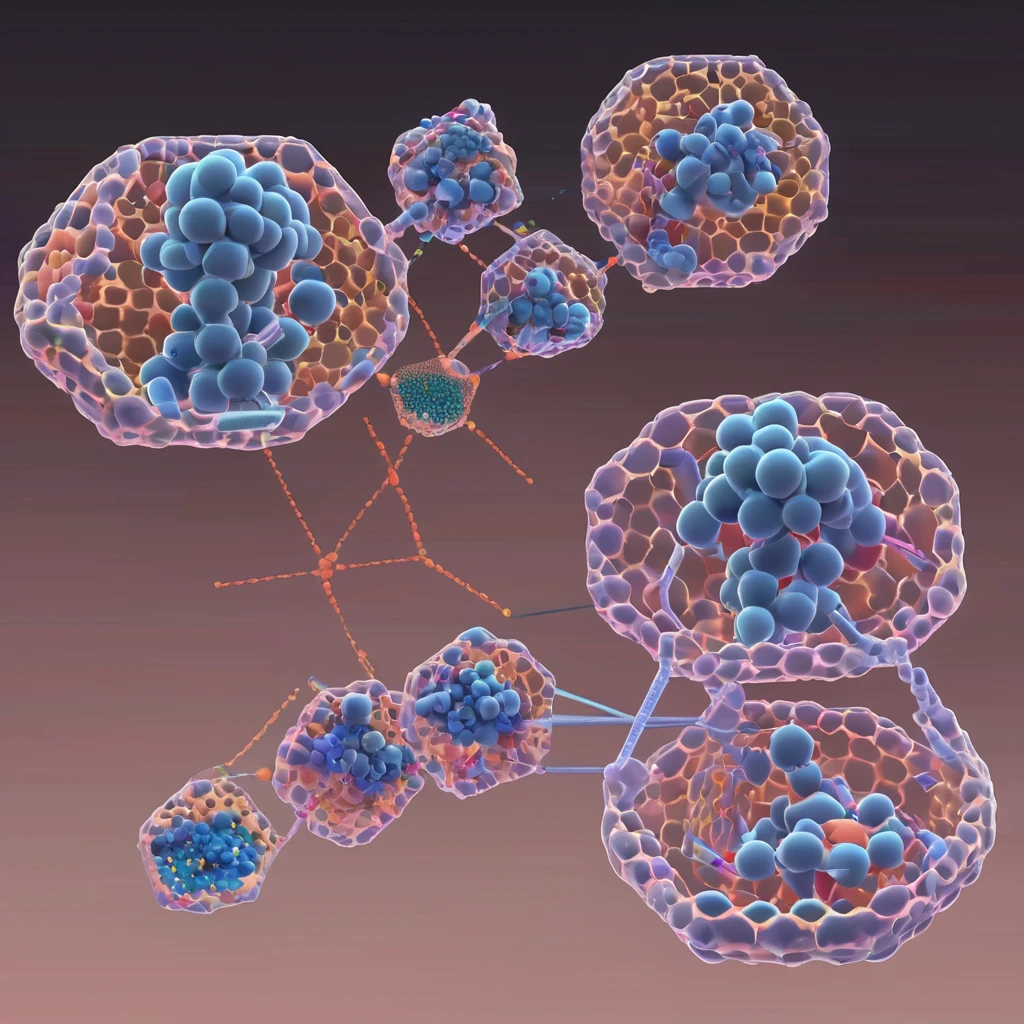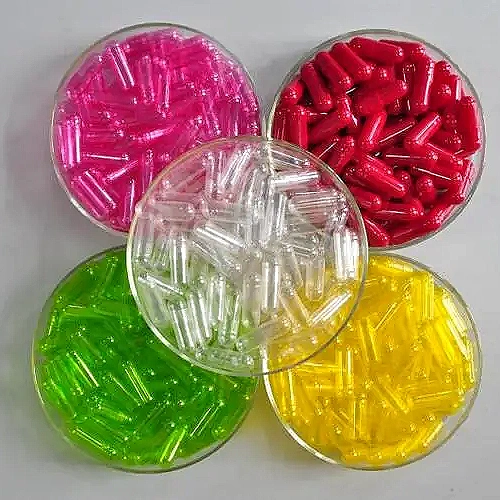In the ever-evolving landscape of pharmaceuticals, the quest for safer, more effective ingredients continues to drive innovation. One such ingredient that has garnered attention for its versatility and benefits is organic pullulan. Derived from natural sources through a fermentation process, organic pullulan offers a myriad of advantages that make it a valuable asset in pharmaceutical formulations.
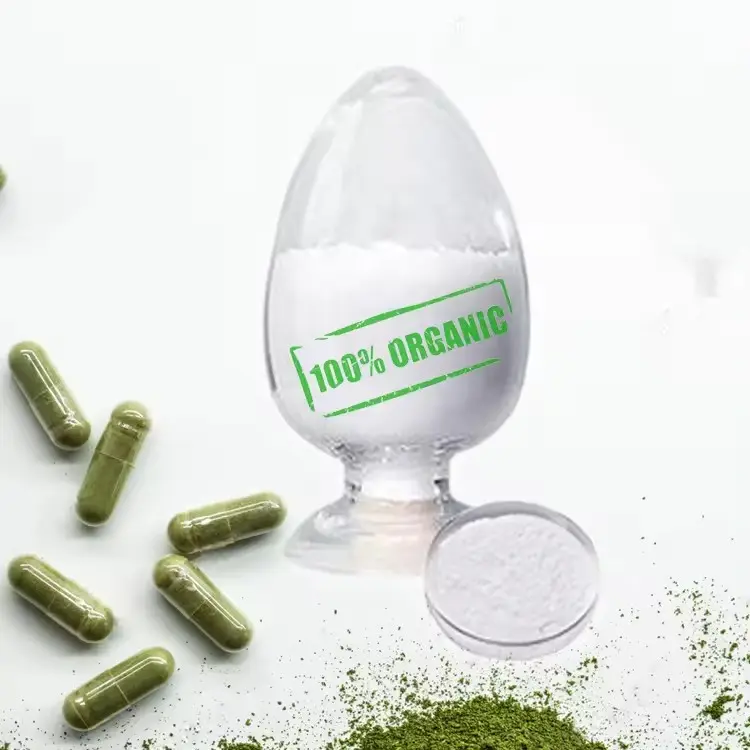
Organic pullulan, a polysaccharide produced by Aureobasidium pullulans, has gained prominence in pharmaceutical applications due to its unique properties. Its biocompatibility, biodegradability, and non-toxic nature make it an ideal choice for various pharmaceutical formulations. From drug delivery systems to excipients, organic pullulan finds its utility across a wide spectrum of pharmaceutical products.
One of the key advantages of organic pullulan is its film-forming properties. This characteristic makes it particularly suitable for coating tablets and capsules, offering protection to the active pharmaceutical ingredients (APIs) from environmental factors such as moisture, light, and oxygen. Additionally, organic pullulan films provide a smooth, uniform coating that enhances the appearance and swallowability of oral dosage forms.
Moreover, organic pullulan serves as an excellent binder and disintegrant in tablet formulations. Its ability to form strong bonds between particles facilitates the compression process, resulting in tablets with superior mechanical strength and uniform drug content. Furthermore, the disintegrating properties of organic pullulan ensure rapid tablet dissolution, promoting optimal drug absorption and bioavailability.
In addition to its role in solid dosage forms, organic pullulan also finds application in liquid formulations. Its high water solubility makes it an ideal candidate for developing liquid dosage forms such as oral solutions, suspensions, and emulsions. Organic pullulan acts as a stabilizer, preventing particle aggregation and phase separation, thereby improving the physical stability of liquid formulations.
Furthermore, organic pullulan exhibits mucoadhesive properties, which are particularly advantageous for mucosal drug delivery systems. By adhering to mucosal surfaces, organic pullulan prolongs the contact time between the drug and the absorption site, enhancing drug absorption and therapeutic efficacy. This feature makes it a promising candidate for nasal sprays, buccal patches, and other mucosal delivery systems.
The organic certification of pullulan ensures that it is produced in accordance with stringent organic standards, free from synthetic pesticides, fertilizers, and genetically modified organisms (GMOs). This not only aligns with the growing demand for natural and organic products but also underscores the commitment to sustainability and environmental stewardship in pharmaceutical manufacturing.
In conclusion, organic pullulan represents a valuable asset in pharmaceutical formulations, offering a multitude of benefits ranging from film-forming and binding properties to mucoadhesion and biocompatibility. Its versatility and safety profile make it a preferred choice for pharmaceutical manufacturers seeking innovative solutions to drug delivery challenges. As research and development in pharmaceutical science continue to advance, organic pullulan is poised to play an increasingly pivotal role in shaping the future of drug delivery and patient care.
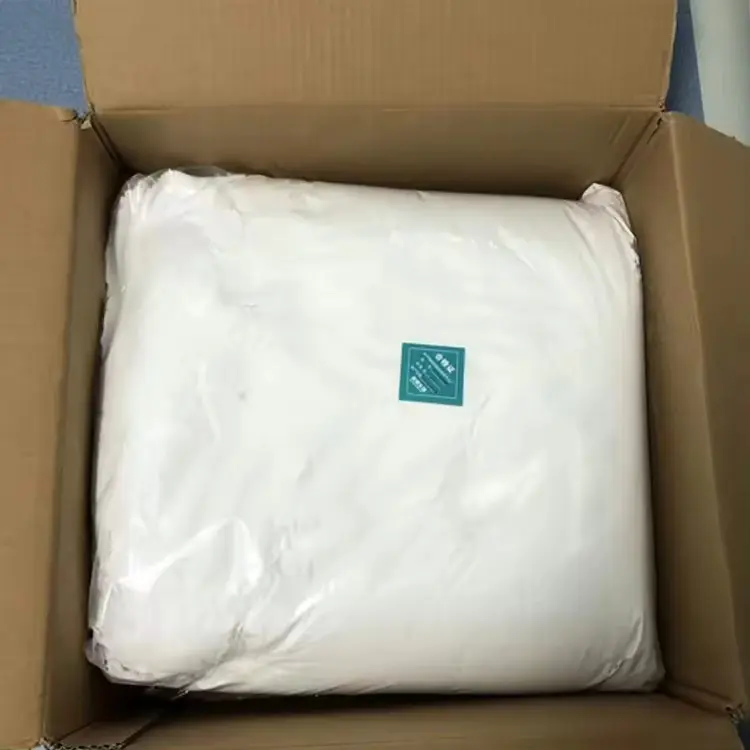
Standards for organic pullulan
If you require pullulan to be organic and used for medicinal purposes, it is necessary to understand the harmful substance content.
Organic certification for organic pullulan products often does include limits on the content of impurities, such as heavy metals, microorganisms, and residual solvents. These restrictions are usually to ensure product quality, safety and compliance with organic production requirements. Here are some typical requirements and specific data that may be included in organic pullulan certification standards:
Heavy metal content limits:
Lead (Pb): generally not more than 2.0 mg/kg (mg/kg)
Cadmium (Cd): generally not more than 1.0 mg/kg (mg/kg)
Mercury (Hg): generally not more than 0.1 mg/kg (mg/kg)
Nickel (Ni): generally not more than 1.5 mg/kg (mg/kg)
Limits for other heavy metals are usually determined on a case-by-case basis, but similar limits are often set.
Microbiological limitations:
The total number of colonies: generally no more than 10,000 CFU/g (CFU/g is "Colony Forming Units", that is, colony forming units)
Coliforms: generally not detectable
Molds and yeasts: generally no more than 100 CFU/g
Salmonella, Staphylococcus aureus and other pathogenic bacteria: shall not be detected
Residual solvent limits:
Generally, regulations prohibit the use of some organic solvents, such as methanol, ethanol, acetone, etc., or limit their residual amounts to a lower level.
These restrictions may vary slightly depending on different certification agencies, countries or regions, but are usually based on relevant food safety standards, medicinal standards and organic product certification requirements. Producers need to ensure that their products meet these standards in order to obtain organic certification and provide consumers with safe, high-quality organic pullulan products.
